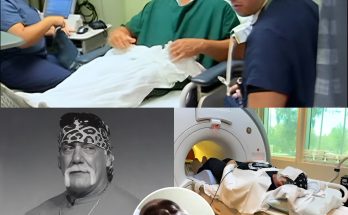Night cramps are sudden, involuntary muscle contractions that strike during sleep, often waking people with sharp, intense pain. While the spasm itself may last only a few seconds to a couple of minutes, the soreness can linger and disrupt rest. Though nearly everyone experiences a night cramp at some point, certain groups are far more vulnerable because of age, health conditions, lifestyle habits, or medication use. Understanding these risk factors is key to both prevention and better management.
One of the largest groups affected is older adults. Research shows that nearly one-third of people over 60 regularly experience night cramps. As we age, our muscles naturally lose elasticity, our nerves weaken, and circulation slows—particularly in the legs and feet. These combined changes increase the likelihood of spasms when the body is at rest. For many older adults, cramps become a frustrating and recurring part of nightly life, sometimes even leading to anxiety about going to sleep.
Pregnant women are another group commonly affected. During pregnancy, especially in the second and third trimesters, the body undergoes major changes that can trigger cramping. The growing weight of the baby puts added strain on the legs, while hormonal shifts affect electrolyte balance. Blood flow is often redirected, and veins experience greater pressure. These physiological changes make muscle contractions more likely, leaving many expectant mothers dealing with frequent leg cramps at night. Although generally harmless, they add to the physical discomfort of pregnancy and can make restful sleep even harder to achieve.
Athletes and physically active individuals face a different set of risks. Overworked muscles, inadequate recovery, and dehydration are common culprits. Heavy sweating during intense workouts depletes vital electrolytes like potassium, magnesium, and calcium—minerals crucial for proper muscle function. Without proper replenishment, muscles are more likely to misfire and seize up, often at night when the body is trying to recover. Even those in peak physical condition can wake up startled by painful cramps if hydration, stretching, or recovery routines are neglected.
On the opposite end of the spectrum, people with sedentary lifestyles are also highly susceptible. Sitting or standing for extended periods reduces circulation and leaves muscles stiff. Office workers who spend long hours at desks, as well as people in jobs that require prolonged standing, frequently report night cramps. A lack of regular stretching or physical movement only worsens the problem, as inactive muscles are more prone to sudden, painful contractions.
For others, night cramps may be a warning sign of underlying medical conditions. Disorders such as diabetes, peripheral artery disease, thyroid imbalances, or kidney disease can interfere with circulation, nerve health, and electrolyte balance. In such cases, cramps are not merely an inconvenience but a potential symptom of a larger health issue that requires medical evaluation. Addressing the root condition often helps reduce the frequency and severity of cramps.
Finally, medications are a lesser-known but important trigger. Certain drugs, including diuretics, statins used for cholesterol, and even some forms of birth control, can increase the risk of cramps. These medications may alter electrolyte levels or affect muscle and nerve function. If night cramps begin shortly after starting a new prescription, it’s important to speak with a healthcare provider to explore alternatives or solutions.
In conclusion, while night cramps can affect anyone, they are far more common among older adults, pregnant women, athletes, sedentary individuals, people with chronic health conditions, and those taking certain medications. Recognizing these risk factors not only helps identify who is most vulnerable but also guides prevention strategies—from staying hydrated and stretching to consulting a doctor when cramps may signal deeper health concerns. By addressing the root causes, many people can reduce the frequency of night cramps and finally enjoy more restful, uninterrupted sleep.



